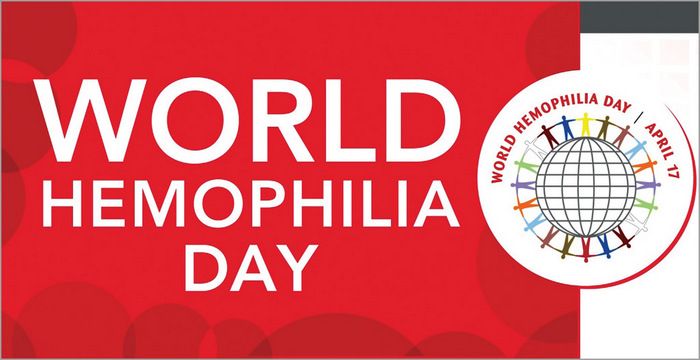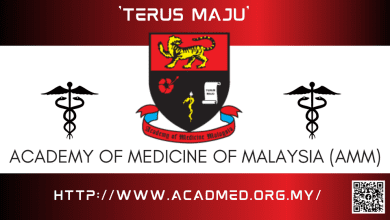

April 17 is World Haemophilia Day. It is a day observed internationally since 1989 to increase awareness and understanding of haemophilia and other bleeding disorders.
Most of us would have heard of haemophilia due to its royal connections. Queen Victoria’s son, Prince Leopold, Duke of Albany had haemophilia. Although only two of her daughters passed the mutation to various royal houses in Europe, it is not surprising that haemophilia was called ‘the royal disease’. So, what is haemophilia?
Haemophilia is an inherited lifelong bleeding disorder. It is due to absence or deficiency of clotting factor VIII or IX in the blood of the individual. The individual lacking clotting factor VIII is said to have Haemophilia A and those lacking clotting factor IX is said to have Haemophilia B.
This is a rare disorder; about one in 10,000 are born with Haemophilia A and 1 in 50,000 with Haemophilia B.
The haemophilia gene is passed down from a parent to a child. The genes for Haemophilia A and B are on the X chromosome. The X and Y chromosomes determine the sex of the child. Thus, the inheritance of haemophilia is sex-linked and to be specific X-linked.


Men have one X chromosome thus if they inherit the affected X from their mother they will have haemophilia. Women have two X chromosomes, if they inherit the affected X chromosome from their mother or a father with haemophilia, the effect is balanced by the normal X chromosome. However, as they have an affected X chromosome they become a carrier and can pass it on to the child.
When the mother is a carrier and the father is normal, there is 50% chance of their son having haemophilia and 50% chance of their daughter being carriers.


A diagnosis of haemophilia is made from a history (of prolonged bleeding and spontaneous bleeding including family history of bleeding disorder) examination of the child and specific blood tests.
Bleeding episodes are treated with Factor Concentrates (Factor VIII or Factor IX). In joint and muscle bleed, along with the Factor replacement, the child is advised to Rest, apply Ice Compression and Elevate the affected limb (R.I.C.E.). Once the bleeding has settled they need physiotherapy to improve the function of the joint/muscle. In serious bleeds such as intracranial bleed they will require hospitalisation and treatment.
Factor Concentrate, traditionally has been human plasma derived. In the recent years, it is being replaced with the safer recombinant factor concentrate. Older children with haemophilia and parents of younger children with haemophilia are trained to self infuse the factor concentrate.
Children with haemophilia can exercise and participate in sports. Exercise prevents bleed. Strong muscles protect the joints and prevent spontaneous bleed into the joints. These children can safely participate in walking, swimming, cycling and badminton. Contact sports are not encouraged.
The current trend is for children to be on prophylaxis factor concentrate as this reduces the episodes of bleed and allows them to lead a near normal life.


